A moving snapshot of life in Ukraine’s volatile Donbass region (since 2014, the site of heavy fighting between Ukrainian forces and invaders from Russia, which is seeking to annex it), the documentary The Earth Is Blue as an Orange highlights how an ordinary family not only endures war but thrives to a degree. The members work on their own fictional film based on their wartime experiences (mostly family matriarch Anna Gladka’s) and use themselves as cast and crew and their own home and neighborhood as sets. Anna and her two teenaged daughters Myroslava and Nastya are the most involved, regularly holding creative meetings in which they break the film down shot by shot. (Anna also has two little boys and is a single mother. The father or fathers of the children receive little to no mention.)
Set over the course of what appears to be a year, a major subplot early on is Myroslava’s application to film school where she wants to study cinematography. It’s not handled in the most suspenseful way, and in fact it seems like the opposite of what was intended: Myroslava and her mother travel to the university for a pivotal interview. Myroslava walks away from it believing she’s bombed, but just one scene later, it’s revealed that she was admitted anyway. Director Iryna Tsilyk seems more interested in showing how any work on the family project essentially stops after Myroslava leaves home, then it ramps back up once she returns on holiday break, albeit with greater creative tension between herself and Anna.
The latter proves a compelling protagonist: strong-willed and the bedrock of her household. The camera occasionally catches her when she isn’t aware it’s watching. Through her body language, we notice the weight of the world on her shoulders—or more specifically, the decision to keep her children in the Donbass. On the whole, Tsilyk seems impressed by what the family manages to accomplish for a no-budget home movie, including at one point getting Ukrainian soldiers to participate in a scene.
Tsilyk’s attention to detail shines through as the main household setting has noticeably battered interiors, but it still feels homey and welcoming, thanks to what she catches in the periphery and edges: a pet turtle living in a bathroom sink, the sounds of Nastya routinely practicing music. There’s the occasional lyrical image, such as a balloon caught in a tree, which could symbolize arrested childhood. As the film repeatedly demonstrates how the process of making art can serve as a welcome distraction from living in a war zone, stunted development may not, thankfully, apply to all the youth here.


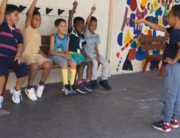



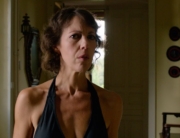
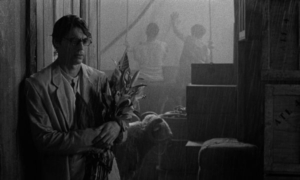
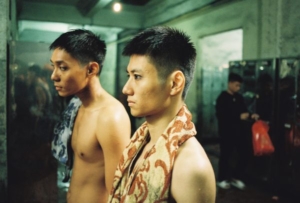

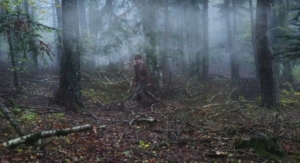
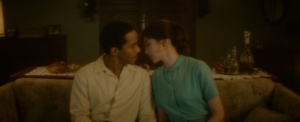


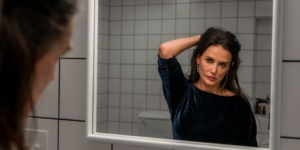
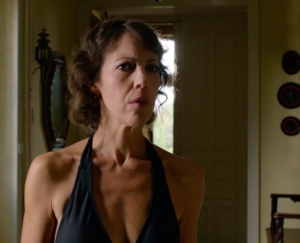
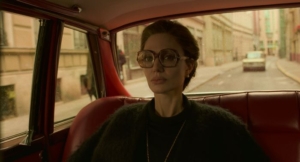
Leave A Comment